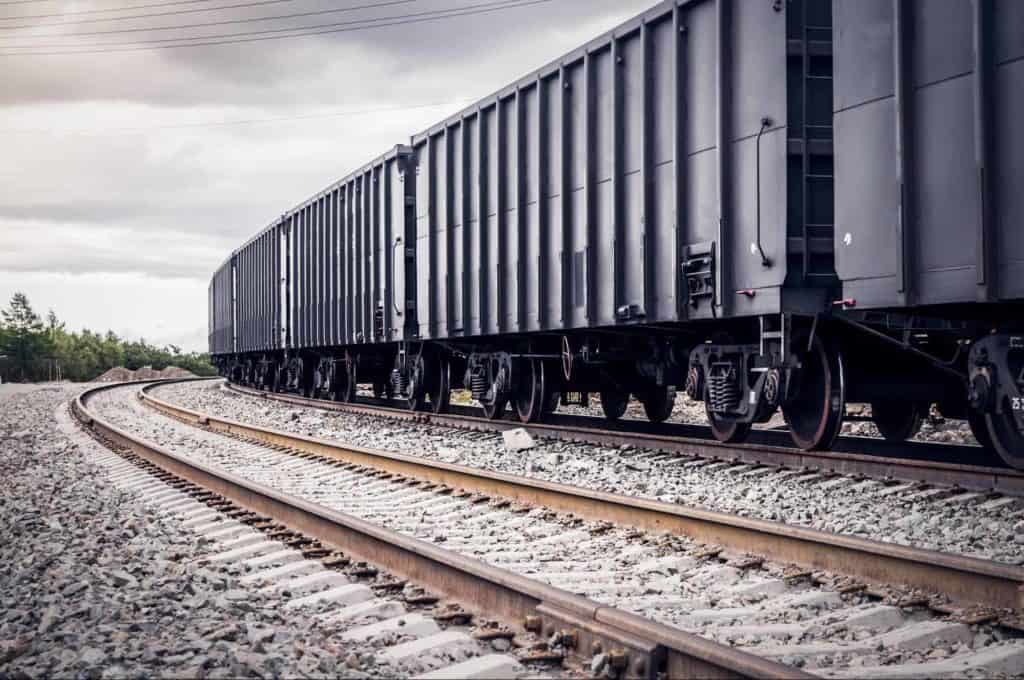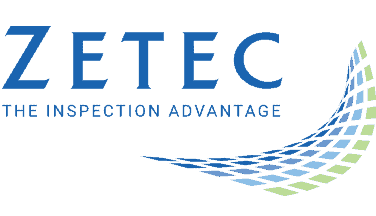The Best Solution for Rail Flaw Detection

The railway industry has been pioneering innovation for hundreds of years, moving earth to connect regions—near and far. Those hundreds of thousands of miles of railways need to be in good condition in order to maintain safety and efficiency. And given the scope of the task, that isn’t always easy.
The rail industry is always looking for better, faster, safer, and more efficient means of rail flaw detection. And more and more, they have been relying on the next generation of portable ultrasonic testing equipment to get accurate inspection insights. These tools have been a game-changer in one of America’s oldest industries.
The rails are built to last. Ultrasonic testing can help them last as long as possible.
The Importance of Nondestructive Testing in the Rail Industry
The connectedness of a rail system means that flaws in one area could potentially mean there are problems throughout the line. If there are defects, cracks, or corrosion anywhere along the rail lines, that can throw off the entire system. Freight and passengers hundreds of miles away can get stacked up when something breaks and needs repair.
There are four primary types of flaws that can occur within a rail system:
- Rolling contact fatigue: The contact stress between a wheel and the rail can cause damage to the rail surface, especially in the head checks, squats, and shelling. This is particularly true for more long-haul lines, where literal miles of freight can roll over with each train.
- Friction: While railways were built to withstand friction, the flange of the wheel can do damage when it comes in contact with the rail. This comes into play when the rail is on the high side of a curve.
- Plastic flow: This is another issue related to curves. The small contact patch of the wheel comes in contact with the rail, producing enormous heat—enough to slightly deform the rail. Given time, this can do serious damage, especially if it is a more sharp curve.
- Manufacturing flaws: Small flaws can be exacerbated by constant stress and weather-related conditions.
In order to prevent these issues from leading to greater hazards, the rail industry faces strict regulations such as regular testing of wheels and axles. This is a big job, but it pales in comparison to testing the actual track system.
The hundreds of thousands of miles of rail lines have to be tested without disrupting the system. This means having technicians conduct tests during periods where there aren’t any trains coming through. Given the scope of the system, that can be daunting.
Of course, the size isn’t the only issue. Rails were traditionally inspected by the naked eye (obviously, not the most reliable method) or by lugging around testing equipment across a nation’s vastness.
Neither of those were efficient. But relatively recent developments in portable and in-service ultrasonic testing solutions for rail service have changed the way a system can be monitored.
In-Service and Portable Ultrasonic Testing for Rail Flaw Detection
There are three main types of testing that can be done with ultrasonic testing for rail flaw detection:
- After manufacturing inspection
- Inspection of crossing points (cast manganese frogs)
- In-service train rail inspection
The first two are best handled with advanced Phased Array Ultrasound Testing (PAUT) equipment. Phased array uses multiple individual elements in a single probe. This is excellent for the unusual geometries and particular stresses put on any given railhead, crossing point, or connector. PAUT equipment can be easy-to-use and efficient, which makes it exceptionally valuable for the length of the railways.
PAUT equipment also works for the next phase (so to speak) of testing: in-service train rail inspection. This is typically the goal for testing within the industry: to be able to handle rail inspections from a moving vehicle. This defines “nondestructive testing.” Not only do you not have to stop normal operations to run a test; normal operations are how you run the test.
The portability and ease of use of PAUT equipment allow technicians to calibrate it to work at the speeds needed while obtaining valuable insights into the condition of the rail. This allows for direct repair, quickly and efficiently.
Keeping the rail industry moving is vital to the economy of individual companies and the connected marketplace of the globe. Doing it quickly, accurately, and affordably keeps the trains running on time.
Zetec is a major provider of portable ultrasonic testing equipment for the rail industry. Contact us today to get the best equipment and the top solutions to keep your trains in motion.
